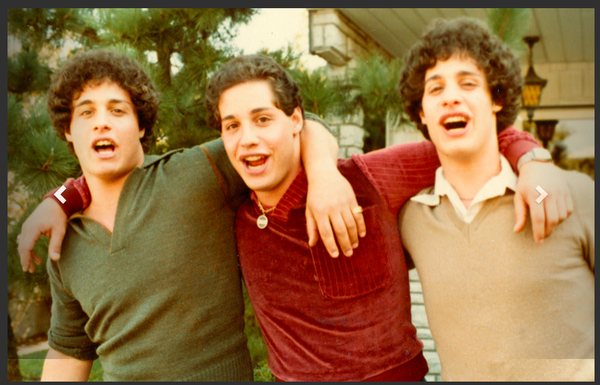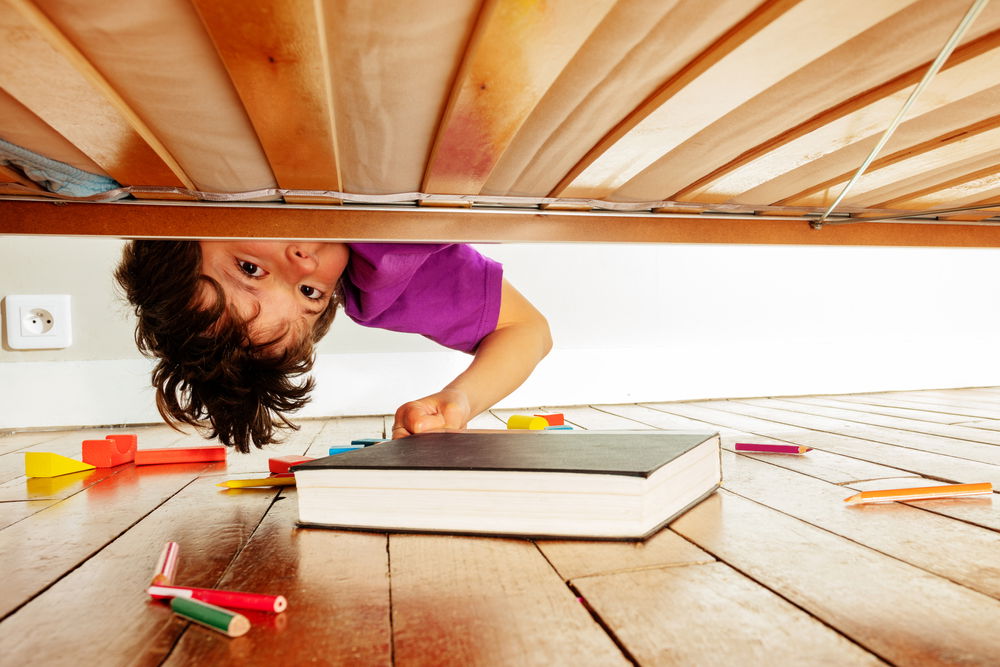Highlights
- Today’s adolescents are also facing new pressures from technology and increasing pressure from the scarier world we live in, turning that complicated mix into a boiling pressure cooker. Post This
- The neuroscience behind social-emotional brain development has shown us that adolescence is the second most turbulent and critical window of brain development; the first is from birth to three. Post This
Adolescence has always been a time of emotional turbulence and change. But teenagers now face a more challenging road to adulthood than previous generations did. In today’s rapidly changing world, economic, political, and environmental crises occur daily, and a good education does not guarantee you a good job or economic stability. Feeling unsafe and uncertain is the new reality, and hate crimes and violence are at an all-time high. Kids no longer feel like the grown-ups in charge are capable of protecting them or know how to fix things. The belief that there is room for everyone to succeed has been replaced with a realization that the world’s resources are limited and not everyone will get their fair share.
Adolescence has always been a complicated mix of hormones, social stress, parental expectations, and internal criticism. Yet today’s adolescents are also facing new pressures from technology and increasing pressure because of the scarier world we live in, turning that complicated mix into a boiling pressure cooker. And, like a pressure cooker, there is always the danger that things can explode. Parents are anxious and justifiably worried about their adolescent children, many of whom do not seem to be on the way to becoming functional, responsible, or resilient adults. In fact, while many of us have long believed that adolescence essentially meant the years between twelve and eighteen, according to adolescent researcher Lawrence Steinberg, adolescence is now thought to begin as early as nine or ten, and end later, at around twenty-five. Based on the young adults I see in my practice, many of them are still struggling with adolescent conflicts even into their thirties. In fact, the neuroscience behind social-emotional brain development has shown us that adolescence is the second most turbulent and critical window of brain development; the first is from birth to three.
We are asking children to handle more—more stress, more stimulation, more pressure, more choices, and more decisions—without giving them a secure foundation of support, emotional security, and real and meaningful connections to cope with the emotions that come with these challenges. Then we wonder why our kids collapse when the emotional, social, and hormonal storm of adolescence hits.
We are asking children to handle more—more stress, more stimulation, more pressure, more choices, and more decisions—without giving them a secure foundation of support, emotional security, and real and meaningful connections to cope with the emotions that come with these challenges.
Being a teenager in the age of anxiety is scary. Being a parent of a teenager is scarier. Our children may seem more together, more confident, more independent, and higher achieving than we were; but in fact they’re more anxious, lonely, depressed, insecure, emotionally fragile, and less resilient to stress. They wake up every day to a less secure world and an environment with more political and economic instability, fierce competition for fewer jobs, changing career paths, unrealistic expectations of perfectionism, more social and academic pressure, more emphasis on status and living an Instagram lifestyle, and more social conflict. They listen to the endless droning of hysterical cable television hosts and read the headlines about climate change and end-of-the-world scenarios, the possibility of nuclear war, rampant school violence and shootings, and people famous for being famous flaunting their wealth and “fabulous” lives on social media.
It is also a more challenging time to be a parent to an adolescent. The messages parents get are confusing and contradictory:
- Don’t be a helicopter parent / Monitor their academics and social life.
- Encourage their independence / Insist they do things your way.
- Be their friend / Be an authority figure.
It is difficult for most parents to sort through which of these messages are valid and which to ignore. Parenting an adolescent is not a binary, either/or proposition. In a more child-centric approach, what works for you and your family depends on your individual child and their needs.
Erica Komisar, LCSW is a psychoanalyst, parent guidance expert and author.
Editor's Note: This excerpt is from Erica Komisar’s new book, Chicken Little the Sky Isn’t Falling: Raising Resilient Adolescents in the New Age of Anxiety. Reprinted with permission from Health Communications, Inc.
















